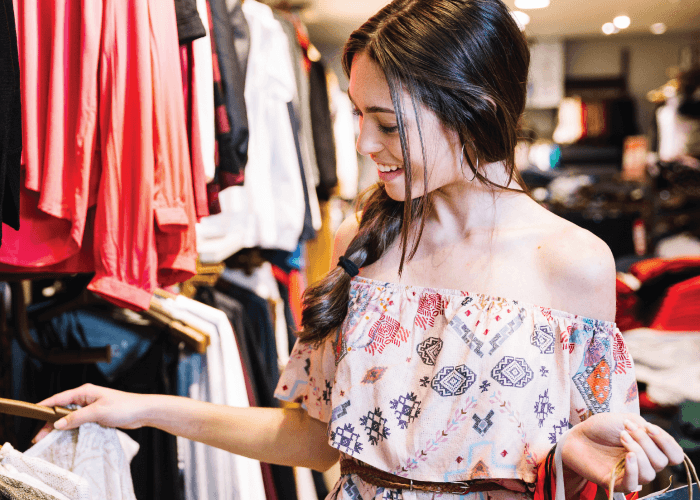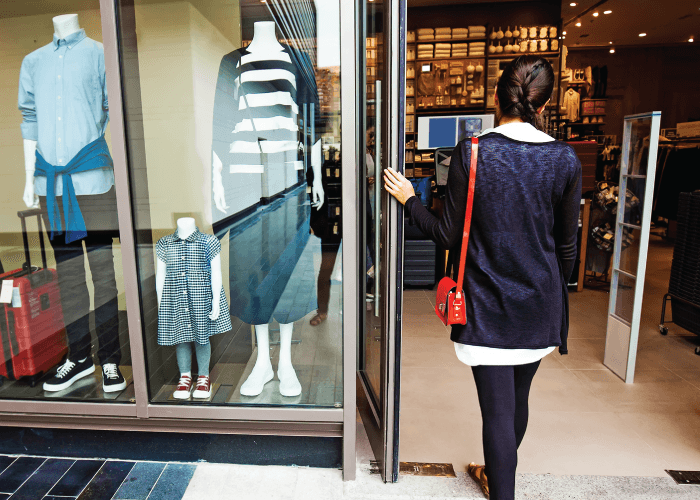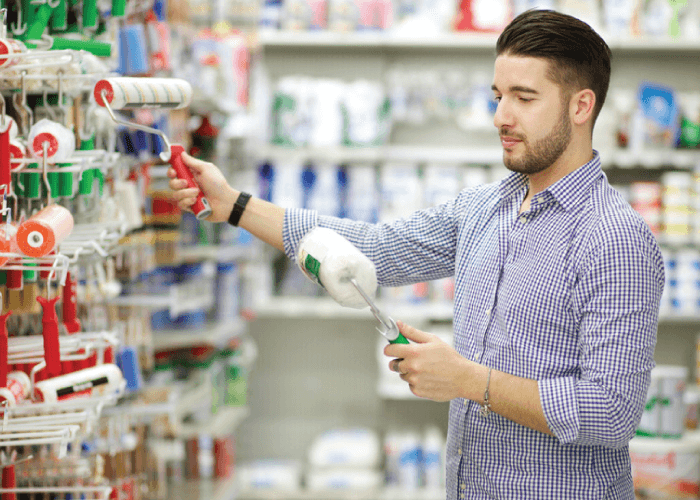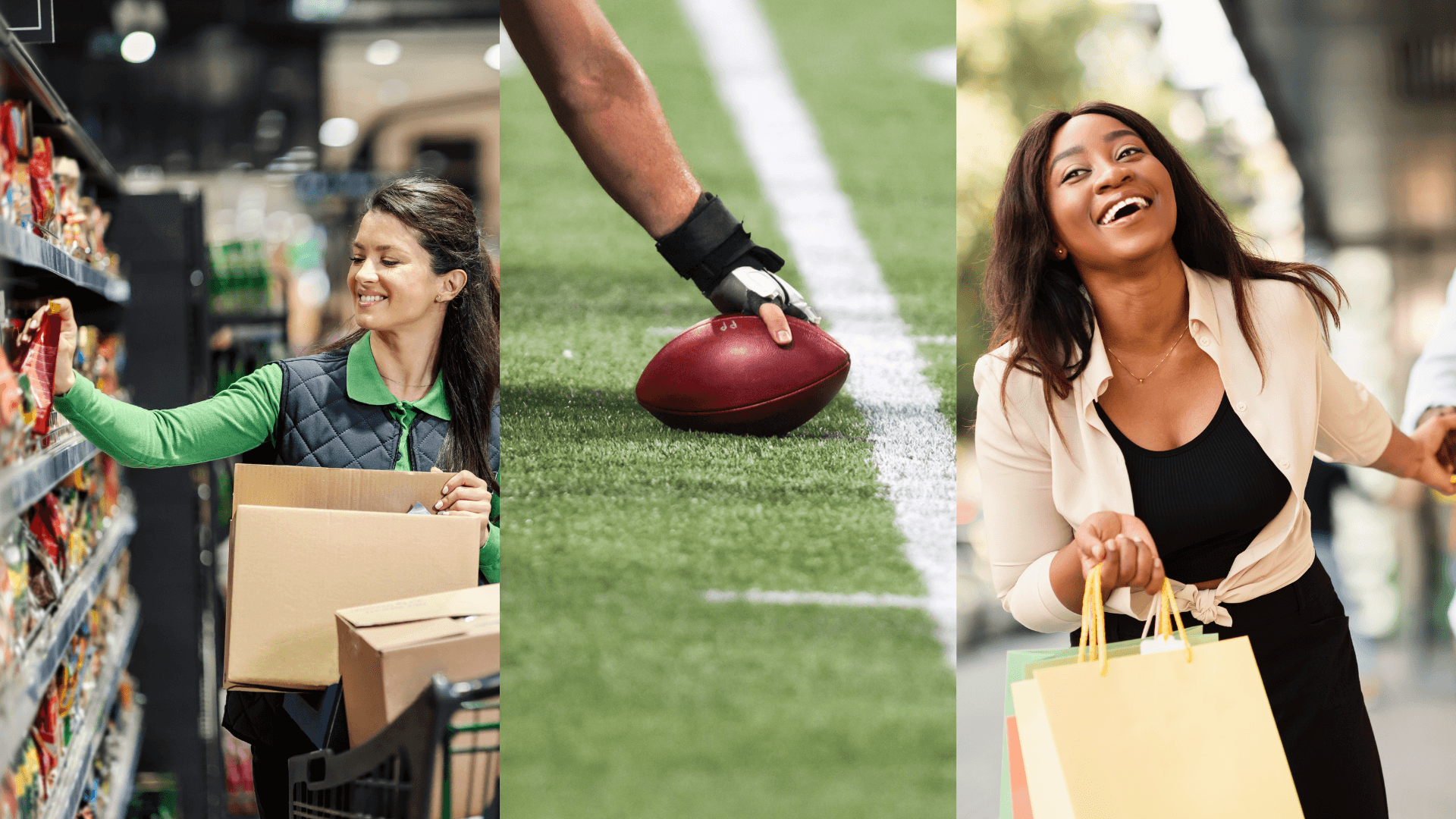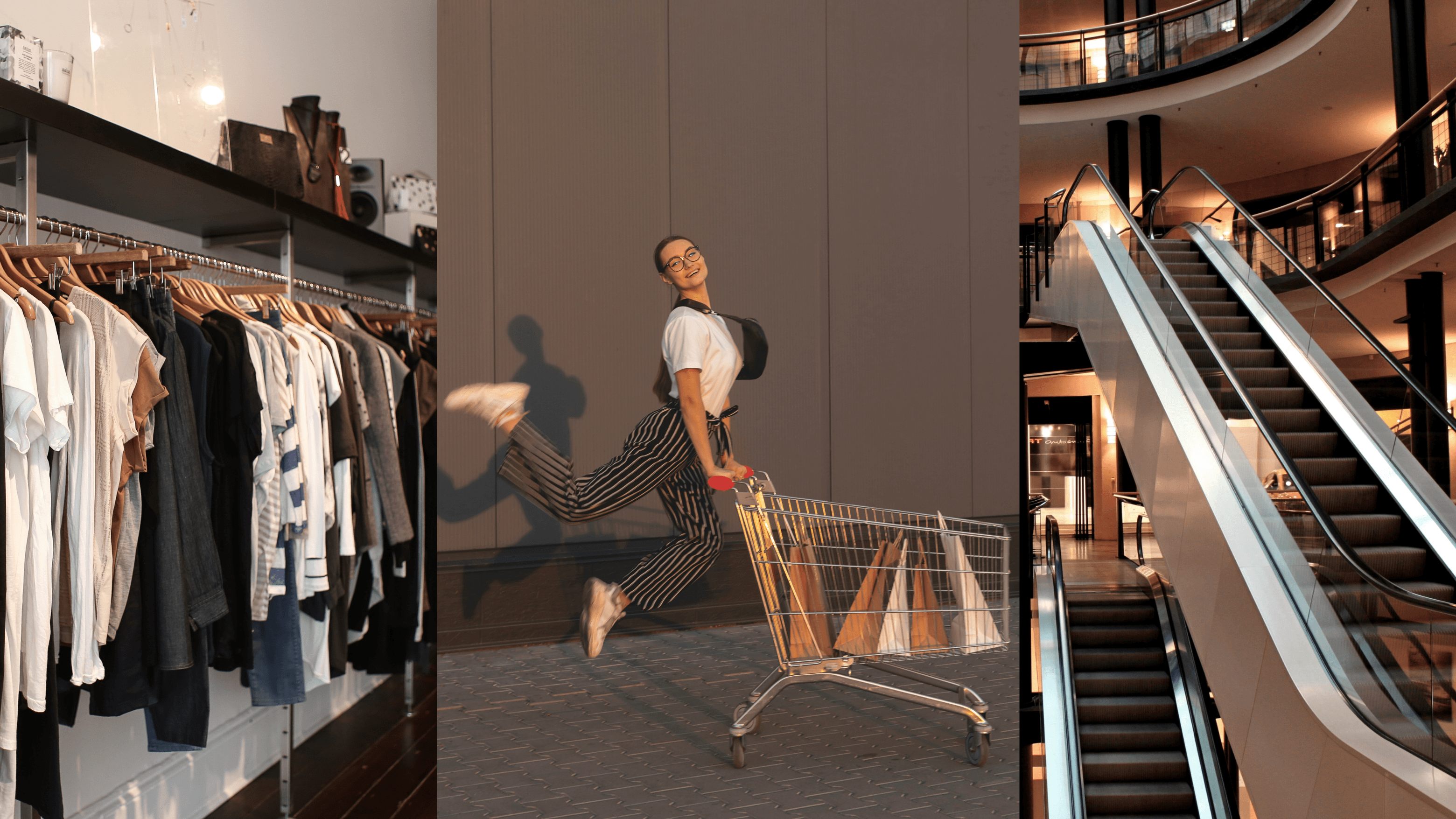Retail Round-Up: Back-To-School Shopping Trends
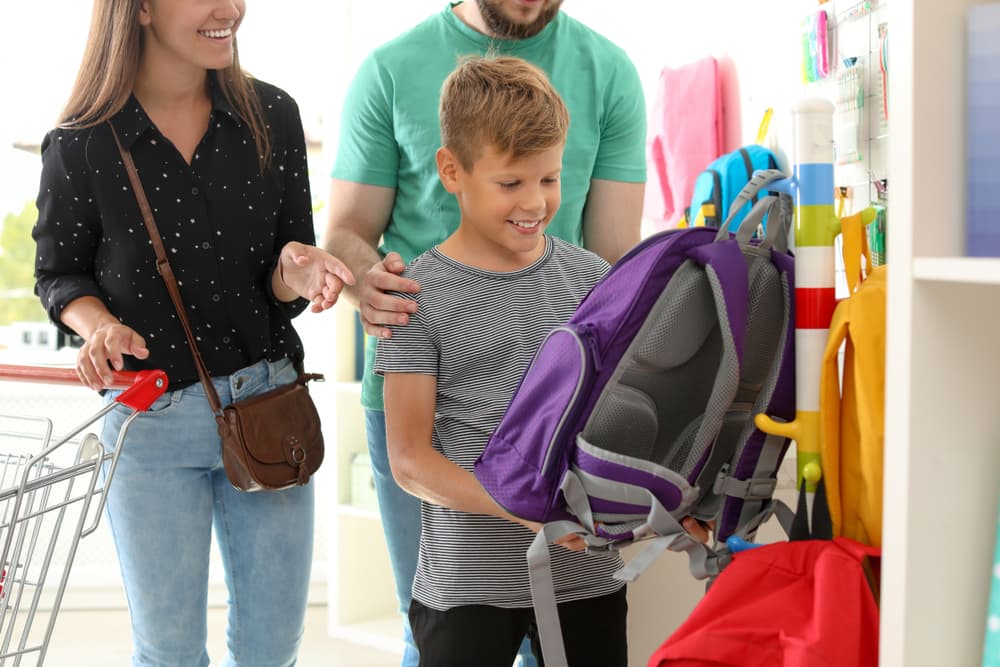
On this page
Retailers navigate uncertainty with this year’s back-to-school (BTS) shopping. With shoppers focussing on saving, retailers have to rethink the time-tested BTS strategies of old as they gear up to face a “volatile time”. According to the National Retail Federation’s (NRF) 2022 survey, one-third of consumers (38%) said they are cutting back on other spending areas to cover the cost of items for the upcoming school year.
While retail has largely recovered from some of the challenges the pandemic raised, inflation and supply chain issues remain rife. Back-to-school shoppers are changing their spending behaviors with costs on the rise. BTS is typically the second-largest spending event for parents (behind holiday expenditures) and is regarded as an early indicator for festive spending. So, how are retailers tackling this key shopping occasion?
READ MORE: 3 In-Store Analytics Case Studies Every Retailer Should Read
Earlier Spending On Essentials
In an interview with the NRF, Kate Ancketill, CEO & Founder of GDR Creative Intelligence, shared that “retailers should be prepared for continued pressure on consumer spending power due to ongoing uncertainties surrounding energy prices, inflation, interest rates, debt and the war in Ukraine.”
These socioeconomic factors may mean that consumers will be tightening their belts. As a result, “it is crucial for retailers to prioritize their value proposition by placing emphasis on essential products and reliable basics. It is also important to anticipate the possibility of further disruptions in supply chains and take proactive measures to address them,” says Kate.
To tackle this, retailers started activating earlier this year (for both back-to-school and festive occasions). This approach can help shoppers spread the financial burden of back-to-school preparations over weeks or even months, allowing them to budget and manage credit most effectively. NRF research shows that 25% of back-to-school and back-to-college shoppers already started shopping at the start of the summer holidays. This is up 17% from five years ago, demonstrating that shoppers began back-to-school preparations earlier as a way to get ahead of financial woes and capitalize on promotions.
Reuters reports that major retailers like Walmart, Foot Locker, and Marks & Spencer are prioritizing price by stocking shelves with budget-friendly notebooks and slashing prices on sneakers and uniforms. Doug McMillon, CEO of Walmart, the world's biggest retailer by sales, said at its annual meeting that it would roll out more back-to-school merchandise (notebooks, pencils, pens) at "opening price points" this year.
In Britain, where consumers are facing the biggest two-year squeeze in living standards since comparable records started in the 1950s, Marks & Spencer (M&S) is holding the prices on its school uniform range for a third straight year. The retailer is also offering an additional 20% off school uniforms for early shoppers. Worldwide, budget-conscious shoppers will be sensitive about prices when it comes to essentials, choosing to spend big elsewhere as inflation remains high.
Slowed Investment In BTS Tech
In the world of BTS shopping, tech is a key budget consideration. Amazon’s ‘Prime Day’, a two-day cross-category sale event, promises deals on tech like laptops, tablets, and headphones, ahead of school commencement. Laptop brand MSI is also offering huge back-to-school promotions on laptops and productivity notebooks. Moreover, Apple will continue running its longstanding Higher Education Offer for college students and educators. The electronics category is having to fight for a share of voice in the budget battles.
According to Deloitte, replenishment is needed for clothing and school supplies after a pandemic-fueled tech spree. In 2022, back-to-school spending on technology products was down 8% YoY, while traditional products like clothing and stationery were up 14% YoY. Post-pandemic, digital acceleration is slowing slightly. While reliance on digital is here to stay, Deloitte reports that parents plan to shop more in stores this year. Families are on the go, moving away from pandemic home-schooling tech investments and upgrades.
READ MORE: Generative AI’s Effect On Brick-And-Mortar Retail
Shoppers Are Highly Price-Sensitive
Shoppers are projected to swap brand names for generic or store-branded alternatives in an effort to save. NRF research shows that BTS purchases (across schooling levels up to college) are increasingly non-branded. Over one-third (39%) of shoppers choose brand-agnostic products, up 4% from 2022 and 15% from 2020.
Inflation is seriously straining customer loyalty. After years of uncertainty, shoppers are fatigued – the stress of whether or not they can afford their next purchase has taken its toll. The strain on customers can be felt in their spending habits. Forbes reports that 69% of consumers have changed non-essential shopping in the last six months, and a staggering 96% of consumers plan to adopt cost-saving behaviors over the next six months.
This data is backed by the NRF, which, in their annual back-to-school report, notes that in 2023:
45% of respondents will be doing more comparative online shopping;
68% plan to shop around retailer sales events;
45% will be shopping for sales more;
27% will be using coupons more.
This BTS season, consumers are paying attention to retailers. They’re looking for deals, responding to promotions, and putting in the effort to find the best possible value for money. With higher prices, shoppers are more thoughtful about purchases and want to ensure they get the best deal on a high-quality product, which often means they’ll be prioritizing value over brand.
Sustainability Stays Strong
During the pandemic, sustainability and mental wellness emerged as key focus areas for parents. These concerns have remained top of mind years later. According to data collected by Deloitte, these two groups are willing to spend: sustainable shoppers spend 22% more than the average, and parents who are concerned about their child’s mental wellness spend 8% more than the average. Moreover, 50% of BTS shoppers chose environmentally friendly or responsibly sourced products whenever possible in 2022. This presents a massive opportunity for retailers to address these evolving needs and expectations.
Retailers that are sourcing more environmentally conscious products will stand in good stead with values-driven consumers. Recyclable (and recycled) products take the lead, with sustainable packaging also being a key consideration.
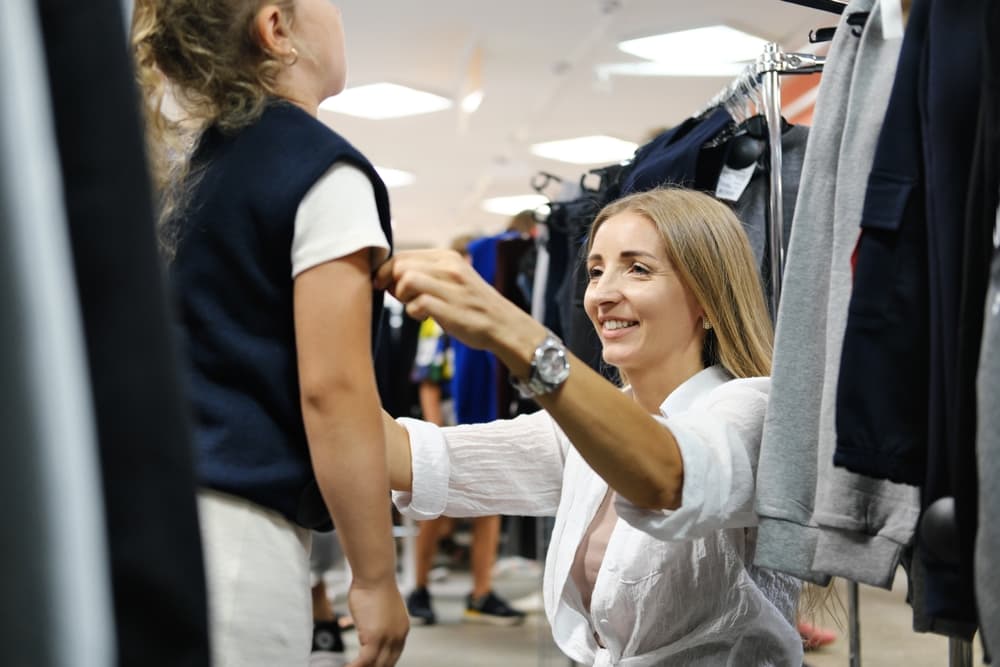
This focus on BTS sustainability can be felt worldwide. In the UK, Marks & Spencer offers recycling points for “pre-loved” uniforms in partnership with Oxfam and eBay. Donated used uniforms that pass the hand-me-down quality test will be given a second life in an Oxfam shop and, for the first time, made available on a dedicated pre-loved school uniform shop on eBay. This initiative leverages a circular economy to make quality uniform staples more affordable and accessible, especially as kids outgrow their uniforms almost annually. Since launching “Shwopping” in 2008, M&S has collected over 36 million items, contributing an estimated £23 million to Oxfam’s vital work worldwide.
READ MORE: How Retailers Can Leverage Circular Economies
Despite economic shifts and uncertainties, the back-to-school season presents an excellent opportunity for retailers to connect with students, parents, and educators. Price sensitivity, adjusted shopping timing, value, and sustainability will define the back-to-school retail landscape for 2023.
About the author:

Ashton Kirsten, Global Brand Manager, RetailNext
Ashton holds a Master's Degree in English and is passionate about physical retail's unbridled potential to excite, entertain, serve, and solve problems for today's shoppers.
